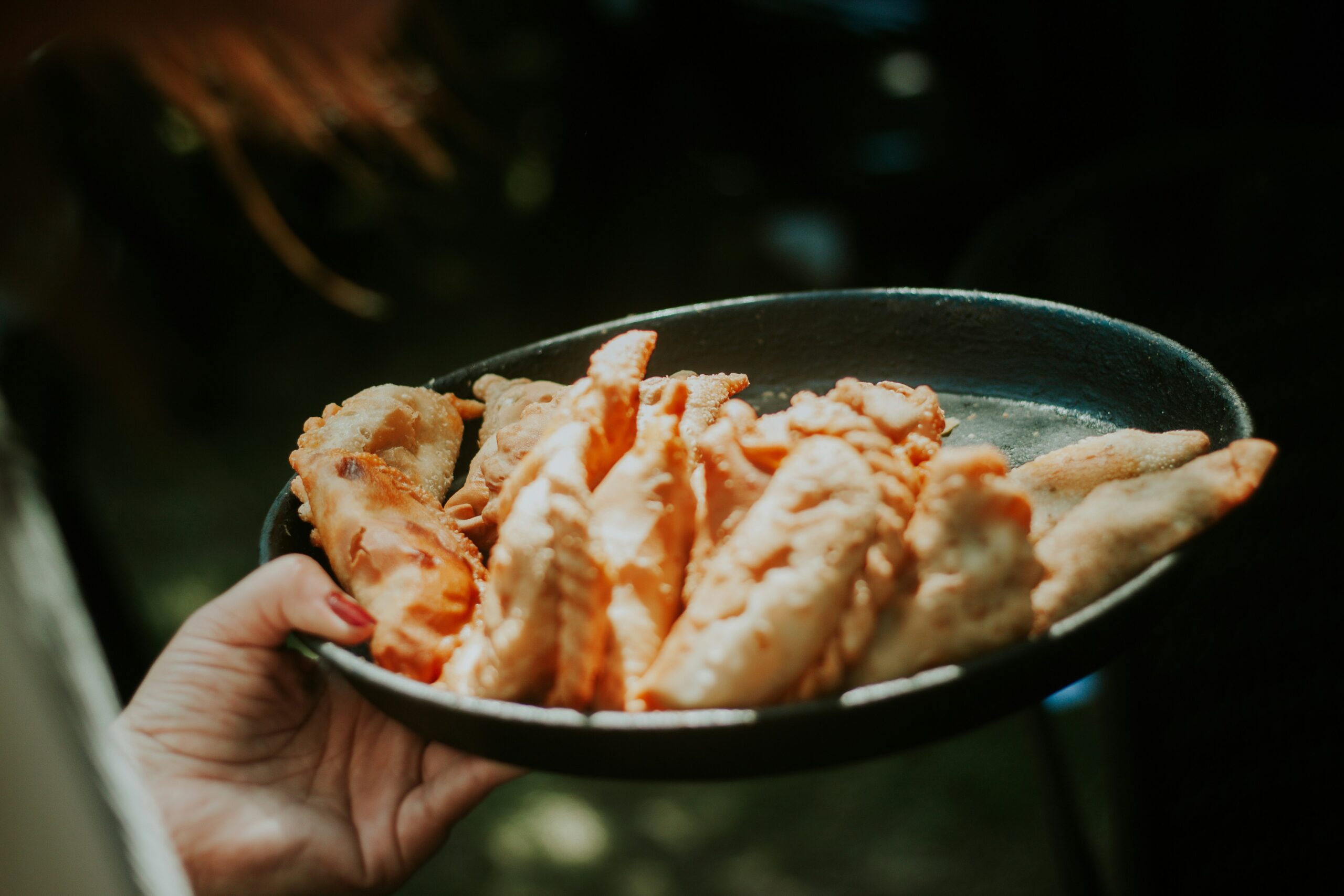Empanadas are a beloved dish across Latin America and Spain, offering a delicious combination of crispy dough and savory fillings. But beyond the ingredients, there’s an often-overlooked yet crucial element to making the perfect empanada: the repulgue.
The repulgue is the traditional method of sealing an empanada by folding and crimping the edges. It’s not just decorative—it ensures that the filling stays inside while baking or frying, preventing leaks and enhancing presentation.
The Importance of the Repulgue
A well-executed repulgue serves three main purposes:
- Seals in the Goodness – The folding and pressing process prevents the filling from spilling out during cooking, maintaining the empanada’s structure.
- Adds a Decorative Touch – Different folding styles can indicate various fillings, helping to distinguish between flavors.
- Brings Cultural Identity – Many regions have unique repulgue styles, showcasing the diversity of empanada-making traditions.
How to Do the Classic Repulgue
If you want to master the repulgue, follow these steps:
- Prepare Your Dough & Filling – Roll out your dough and place the filling in the center of each circle.
- Fold the Dough – Bring one side over the filling to form a half-moon shape.
- Seal with Your Fingers – Lightly press the edges together to ensure they stick.
- Crimp the Edges – Starting at one corner, fold a small section of dough inward and press. Continue folding and pressing along the entire edge until sealed.
Variations of the Repulgue
Different cultures and households have their own repulgue styles:
- Braided Twist – A more intricate fold that creates a wavy edge.
- Fork Press – A simple method using a fork to press ridges into the edges.
- Pinch & Fold – A quick technique involving pinching sections of dough to create a scalloped pattern.
Practice Makes Perfect
Like any culinary skill, mastering the repulgue takes time and practice. Whether you’re making classic Argentine beef empanadas, Colombian cheese empanadas, or Galician-style empanadas, a well-executed repulgue will elevate your dish.
Next time you’re in the kitchen, take a moment to appreciate this small but significant detail—it’s the final touch that turns a simple empanada into a work of art.
